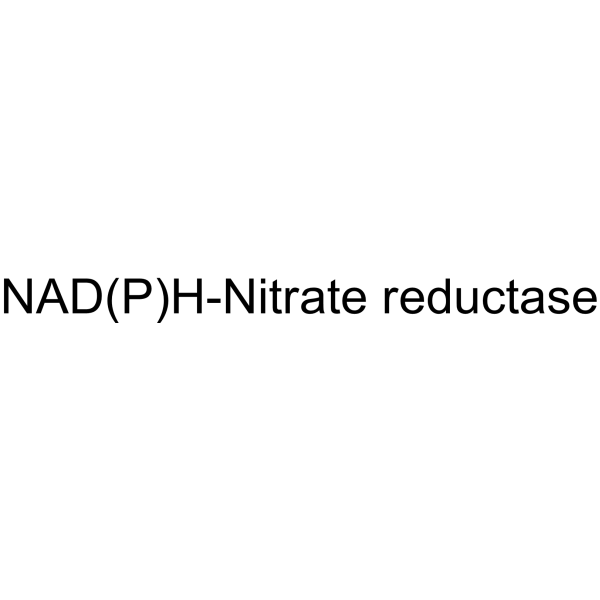Role of pollen NAD(P)H oxidase in allergic inflammation.
Nilesh Dharajiya, Istvan Boldogh, Victor Cardenas, Sanjiv Sur
文献索引:Curr. Opin. Allergy Clin. Immunol. 8(1) , 57-62, (2008)
全文:HTML全文
摘要
Plant pollens are one of the most common outdoor allergens. Pollen grains and subpollen particles can reach lower airways and induce symptoms of seasonal asthma and allergic rhinitis. Plants possess NAD(P)H oxidase activity that generates reactive oxygen species for physiological functions such as root-hair and pollen-tube growth, defense against microbial infections and cell signaling. The presence of NAD(P)H oxidases in pollens and their role in induction of airway inflammation have not been described until recently.We discovered the presence of NAD(P)H oxidase in ragweed and other plant pollens. These oxidases induce reactive oxygen species in mucosal cells (signal 1) independent of adaptive immunity. This reactive oxygen species facilitates antigen (signal 2)-induced allergic inflammation. Inhibiting signal 1 by administration of antioxidants attenuated ragweed extract-induced allergic inflammation. Likewise, abrogating signal 2 by antigen challenge in mice lacking T cells failed to induce allergic inflammation.Reactive oxygen species generated by pollen NAD(P)H oxidase play a major role in pathogenesis of allergic airway inflammation and airway hypersensitivity. Based on our findings, we propose a 'two signal hypothesis of allergic inflammation' in which both signal 1 (reactive oxygen species) and signal 2 (antigen presentation) are required in order to induce full-blown allergic inflammation.
相关化合物
| 结构式 | 名称/CAS号 | 分子式 | 全部文献 |
|---|---|---|---|
 |
抗坏血酸氧化酶(南瓜蛋白)
CAS:9029-27-0 |
|
Modulation of cytochrome P450 2A5 activity by lipopolysaccha...
2015-01-01 [PLoS ONE 10(1) , e0117842, (2015)] |
|
Utility of wiring nitrate reductase by alkylpyrroleviologen-...
1999-01-15 [Anal. Chem. 71 , 504-506, (1999)] |
|
Flavin nucleotide nitrate reductase from spinach.
2012-12-01 [Biochim. Biophys. Acta 109(1) , 79-85, (1965)] |
|
Molybdenum and tungsten in Campylobacter jejuni: their physi...
2009-11-01 [Mol. Microbiol. 74(3) , 758-71, (2009)] |
|
Comparison of cadmium and enzyme-catalyzed nitrate reduction...
2003-09-01 [Clin. Chim. Acta 335(1-2) , 65-74, (2003)] |